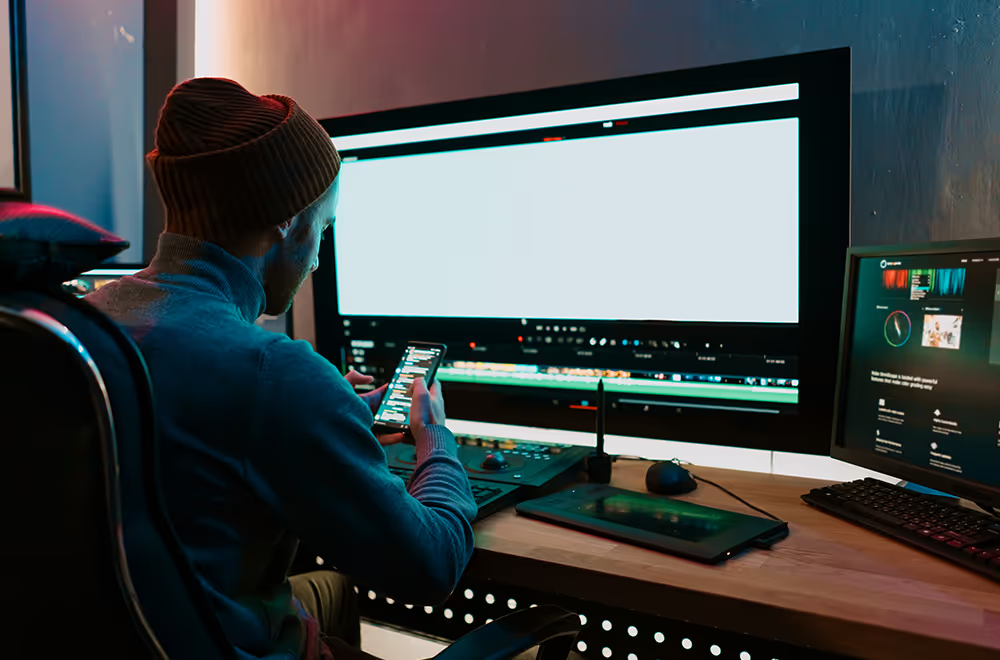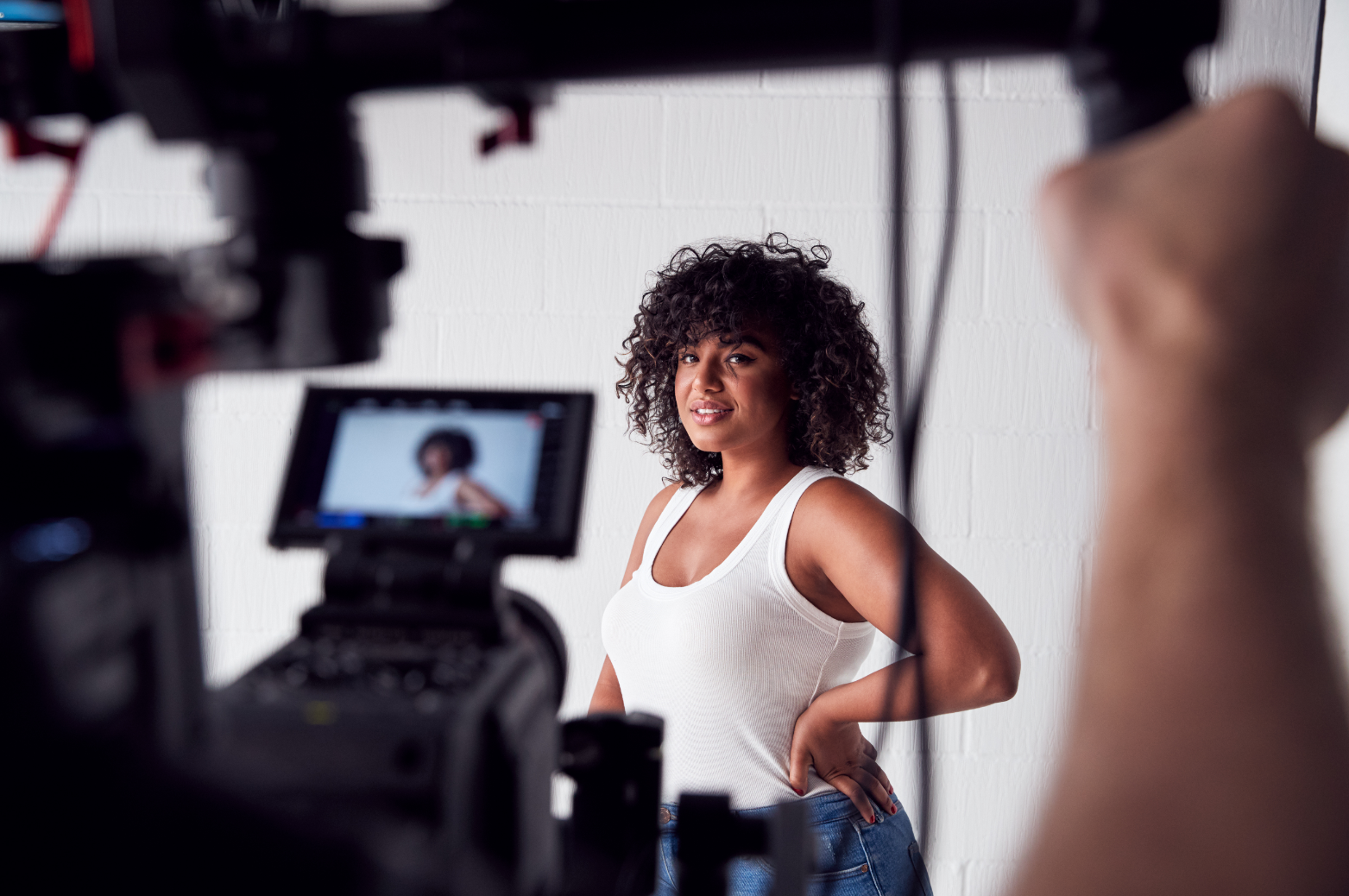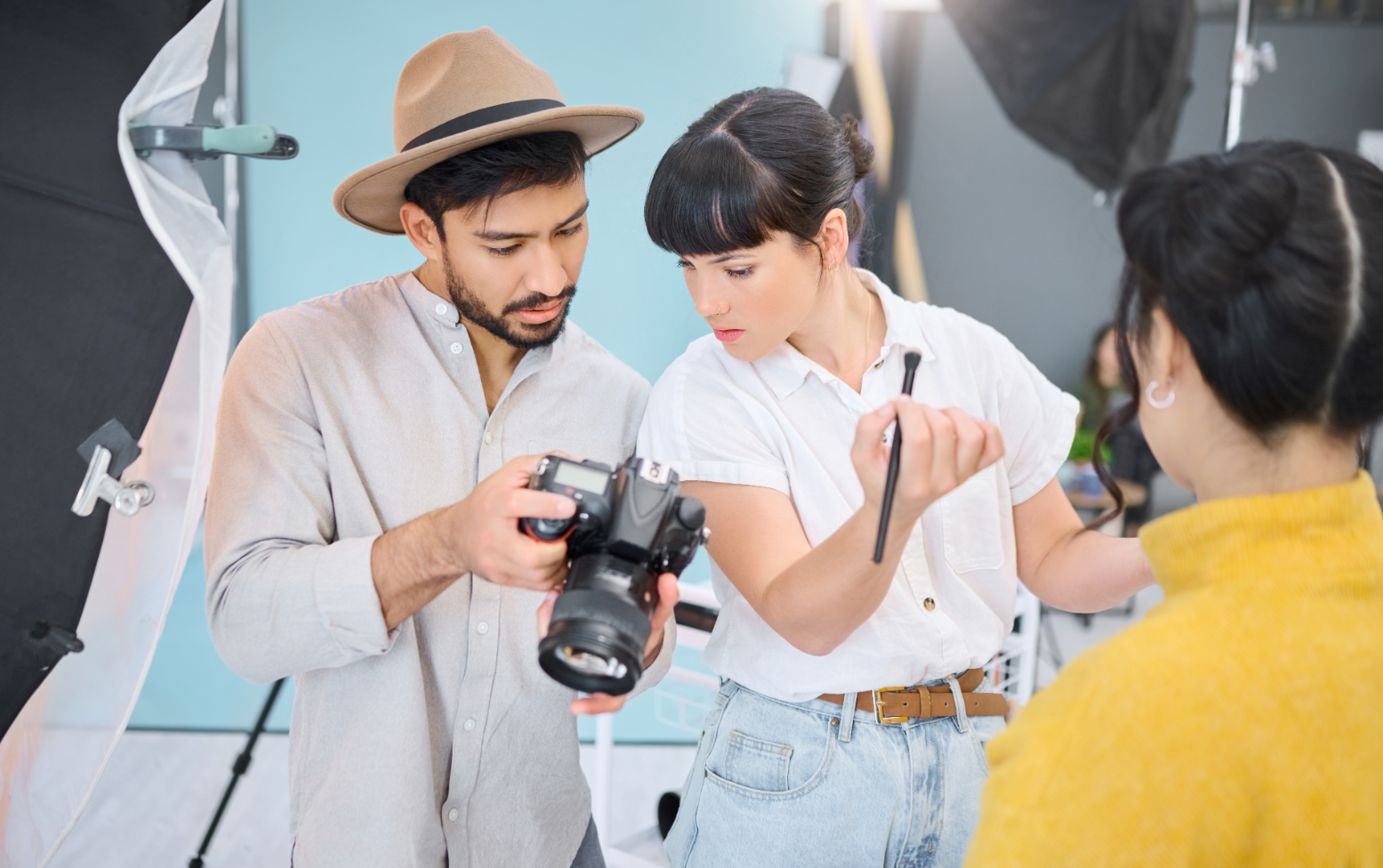Cinematography Innovations: What Filmmakers Need to Know
The world of filmmaking is constantly evolving, and at the heart of that evolution lies cinematography. From groundbreaking camera technology to revolutionary lighting techniques, the art of visual storytelling is being redefined every day. As filmmakers, staying ahead of the curve is crucial for crafting compelling and visually stunning experiences. But with so much happening, how do you keep up? This post will break down some of the most significant cinematography innovations, providing you with actionable insights to elevate your craft.
The Rise of Virtual Production
LED Walls and Real-Time Compositing
Forget green screens, virtual production is here, and it's changing the game. One of the most prominent advancements is the use of large-scale LED walls that display dynamic backgrounds in real-time. This technology allows actors to interact with the environment around them, reducing post-production costs and allowing for more spontaneous and natural performances. Think of productions like "The Mandalorian" – almost entirely shot on LED volumes. The possibilities are endless, from recreating historical settings to building fantastical worlds, all on a soundstage.
The key takeaway here is adaptability. Virtual production requires a shift in mindset. Instead of solely focusing on the physical set, you need to work closely with VFX artists and the LED wall team to pre-visualize shots and create seamless integration. Start experimenting with smaller-scale LED panels to familiarize yourself with the workflow. There are incredible advantages to being able to change the scene on the fly and see the final result in camera, allowing for creative decisions to be made in the moment.
Advanced Camera Technology
Beyond Resolution: Dynamic Range and Sensor Size
We’ve been chasing higher resolutions for years, but the real advancements lie in dynamic range and sensor technology. Modern cameras are capable of capturing an incredibly wide range of light and shadow, resulting in richer, more detailed images. Larger sensors, especially full-frame and beyond, offer shallower depth of field, improved low-light performance, and a more cinematic look. Companies like ARRI, RED, and Sony are constantly pushing the boundaries of what's possible with their camera systems.
Practical tip: Don't get bogged down solely in the resolution race. Instead, research and understand the dynamic range capabilities of different cameras. Consider how the sensor size will impact your desired aesthetic and the type of lenses you'll need. Rent different camera bodies and lenses to experiment with the look they produce before making a significant investment. Knowing how to properly expose for the highlights and shadows on set will allow you to take full advantage of the dynamic range your camera has to offer. Learn about using Log formats and LUTs for maximum flexibility in post-production color grading.
Revolutionizing Lighting Techniques
Smart Lighting and Wireless Control
The days of bulky, power-hungry lights are fading. Smart lighting systems, with wireless control and sophisticated color mixing capabilities, are becoming increasingly common on sets. These lights can be controlled remotely via apps or dedicated consoles, allowing cinematographers to adjust intensity, color temperature, and even create dynamic lighting effects with ease. Brands like Astera and Quasar Science are leading the charge in this area.
This technology allows for faster setups, greater flexibility, and more creative control over the lighting environment. Think about being able to change the mood of a scene with a few taps on your tablet, or precisely matching the color of your practical lights to your key lights. Explore different lighting control protocols like DMX and understand how to integrate them into your workflow. Learning to use the associated apps and software is an investment that can significantly improve your efficiency and creative potential. Even simple things like using colored gels with less energy-intensive LED lighting can dramatically affect the overall look and feel of your footage.
AI in Cinematography
Automated Tasks and Creative Assistance
Artificial intelligence is starting to make inroads into cinematography, offering tools that can automate repetitive tasks and even provide creative assistance. AI-powered software can be used for tasks like scene detection, object tracking, and automated color correction. Furthermore, some AI tools can even analyze footage and suggest lighting setups or camera movements based on established cinematic principles.
While AI is unlikely to replace the creative vision of a cinematographer anytime soon, it has the potential to streamline workflows and free up time for more strategic decision-making. Experiment with AI-powered editing software to see how it can assist with tasks like shot selection and color grading. Explore AI tools for generating storyboards or pre-visualizations. The key is to embrace AI as a tool to enhance your creative process, rather than a replacement for your artistic judgment. By leveraging AI for the more mundane aspects of production, cinematographers can focus on what they do best: crafting compelling visual stories.
Conclusion
Cinematography is a rapidly evolving field, and staying informed about the latest innovations is crucial for any filmmaker looking to push creative boundaries. Embracing new technologies and techniques, from virtual production to smart lighting, can elevate your work and unlock new possibilities for visual storytelling. Don't be afraid to experiment, learn, and adapt to the changing landscape. And if you're looking for equipment rentals or comprehensive production solutions to bring your vision to life, don't hesitate to get in touch with the team at FilmBaker: https://filmbaker.com/get-in-touch. We're here to help you bake up your next cinematic masterpiece!



